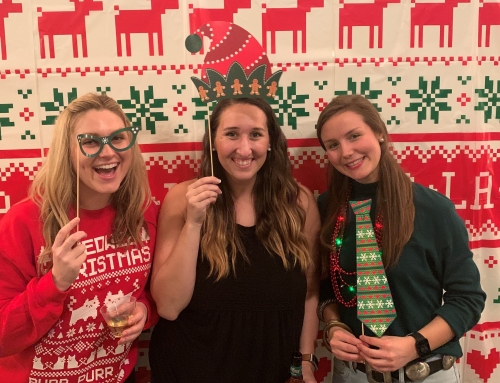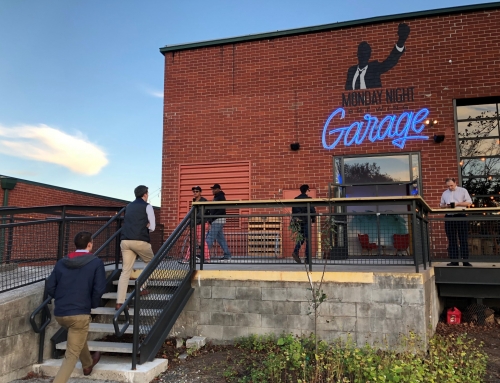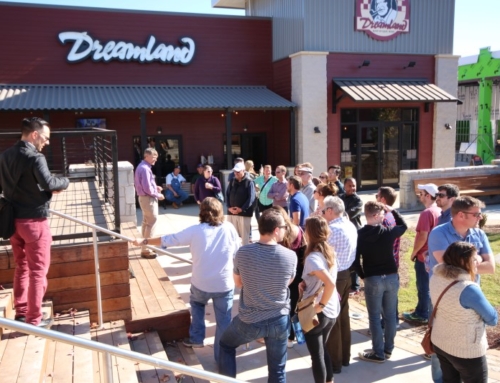TSW’s Loring Heights Neighborhood Master Plan Adopted by City of Atlanta
TSW recently completed a master plan for Atlanta’s Loring Heights neighborhood. The effort was sponsored by the Loring Heights Neighborhood Association (LHNA), who wanted to establish a proactive vision for their neighborhood’s future. The comprehensive master plan addresses land use and zoning, transportation, environment, infrastructure, and urban design. Both LHNA and Neighborhood Planning Unit E approved the plan in early 2012, and it was adopted by Atlanta City Council on March 28th.
“We were extremely pleased with the guidance, suggestions and overall knowledge of the planning process that Tunnell-Spangler-Walsh & Associates brought to this project,” said Ron Grunwald, immediate past president of LHNA. “Caleb Racicot and the TSW team understood our goals and were able to synthesize many disparate comments from the community into a cohesive, top-quality document that will be used to take the vision of our community to the next step.”
Loring Heights is a 277-acre historic Atlanta neighborhood just west of Midtown, bounded on the west by Northside Drive, on the northeast by I-75, and on the southeast by the Norfolk Southern rail corridor. It includes approximately 330 single family homes, along with apartments, and industrial and commercial buildings. Most of the homes in its residential core were built in the 1940s.
“The neighborhood came to Tunnell-Spangler-Walsh with a request for a master plan to guide growth and development and establish neighborhood priorities,” said Caleb Racicot, senior principal with TSW. “With the completion of nearby Atlantic Station and the proposed BeltLine project planned for the neighborhood’s northwest border, Loring Heights is poised to experience increased growth pressure in the coming decades, particularly on the under-utilized commercial and industrial areas that ring its residential core. LHNA wanted to take a proactive approach to guide future growth, rather than simply react to it. Their priority is to preserve and build on neighborhood strengths, address the challenges and take advantage of the area’s potential, without jeopardizing the residents’ quality of life. I believe we have accomplished all of these goals with the master plan.”
Through a community-based process that included opportunities for public input, incorporation of ongoing complementary planning efforts for the Atlanta BeltLine and sound community design, Tunnell-Spangler-Walsh created a detailed master plan that defines a vision for the neighborhood in the decades to come. It outlines a framework for improved transportation upgrades, new sidewalks, traffic calming and bicycle projects, and protects the neighborhood core from the negative effects of speeding traffic. The plan encompasses a diverse and sustainable mix of housing, business, shopping and open spaces, encouraging smart growth and redevelopment while protecting the neighborhood’s character. It also addresses the neighborhood’s desire for connection to Atlantic Station via pedestrian walkways and bicycle trails.
“Loring Heights has an opportunity to create a stronger identity for itself and use redevelopment to actually improve the quality of life in the neighborhood, rather than detract from it,” said Racicot. “We hope that the master plan will guide positive growth and development in Loring Heights for years to come, and serve as a model for other intown neighborhoods.”
For more information on the neighborhood master plan, visit the Loring Heights Neighborhood Association website.





